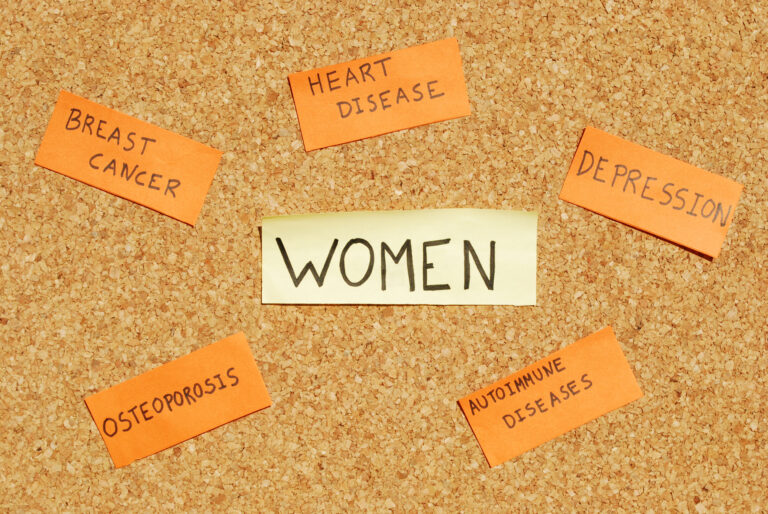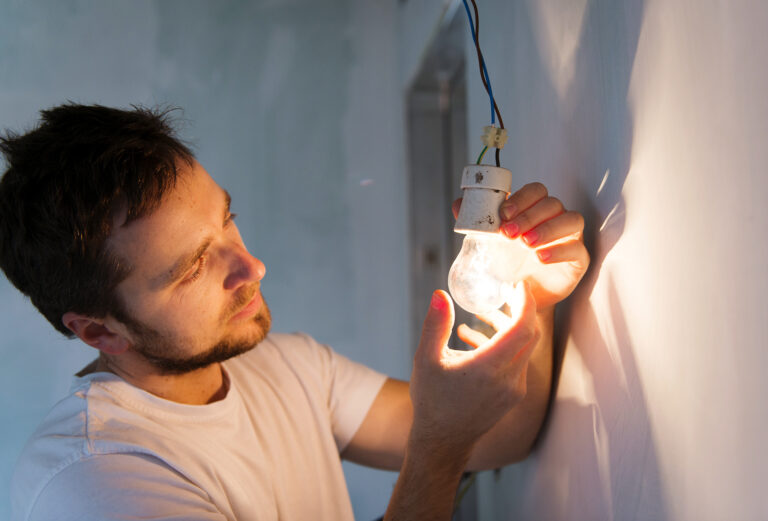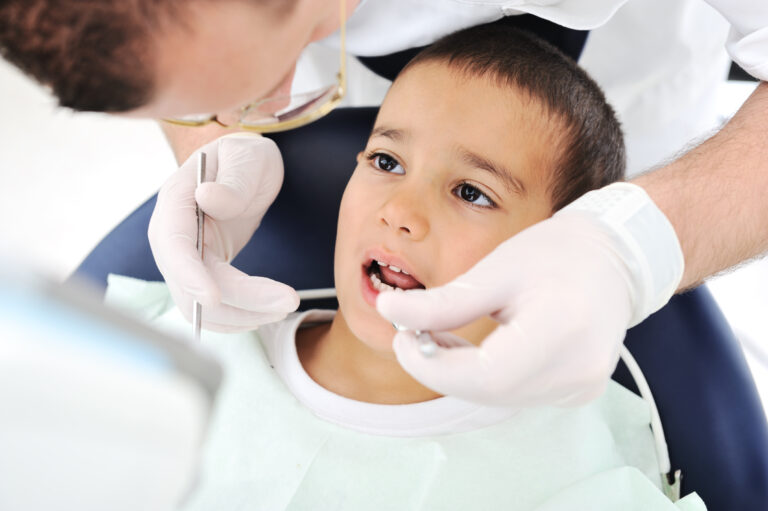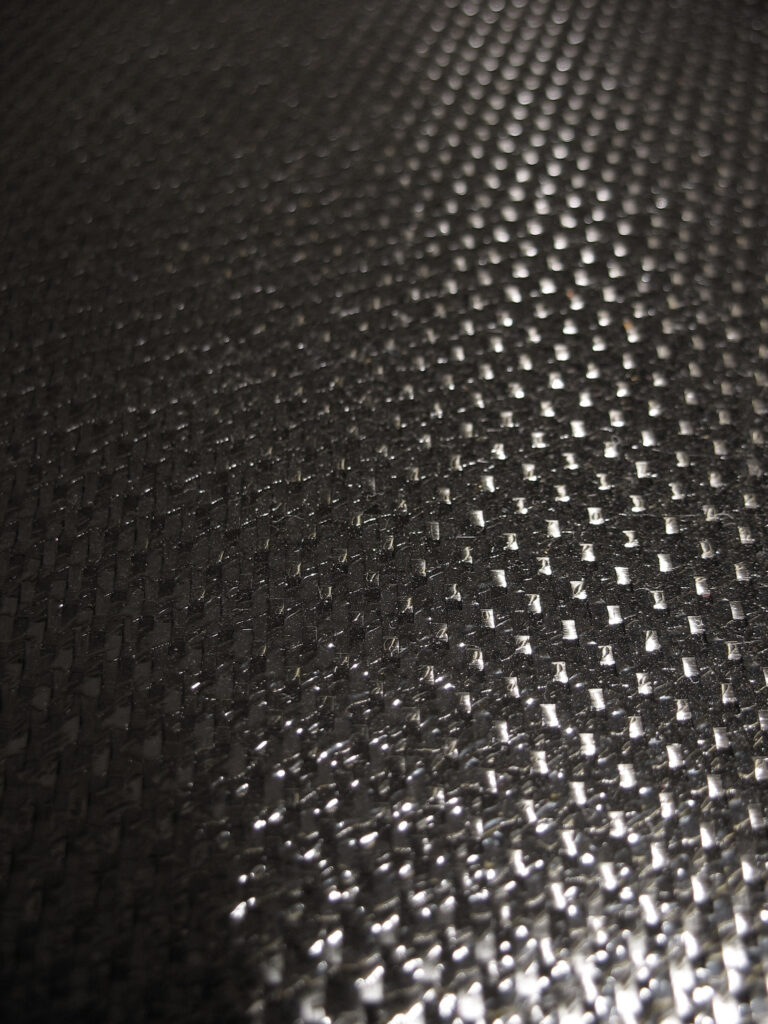The Hidden Dangers of Mold: How It Affects Your Health and What You Can Do About It
Mold is a type of fungus that grows in damp, dark places. While it’s not always visible to the naked eye, mold can be present in your home or workplace without you even realizing it. And while some people may not experience any symptoms when exposed to mold, others can develop serious health problems as a result. In this blog post, we’ll explore the hidden dangers of mold exposure and what you can do to protect yourself and your family from its negative effects on your health.
Introduction to Mold and Its Health Effects
Molds are part of the natural environment, and they can be found almost anywhere. Outdoors, mold helps break down dead organic matter like leaves and trees. Indoors, however, mold growth can cause significant damage to buildings and furnishings, as well as pose potential health risks for occupants. When mold spores become airborne, they can be inhaled by humans and animals, leading to a range of respiratory symptoms such as coughing, sneezing, runny nose, congestion, wheezing, chest tightness, and shortness of breath. People with asthma, allergies, or weakened immune systems are particularly at risk for developing more severe reactions to mold exposure, including fever, fatigue, headaches, skin rashes, and even lung infections.
The Hidden Dangers of Mold Exposure
While many people associate mold with musty odors and visible patches of green or black growth, there are actually several different types of mold that can grow undetected in homes and other indoor environments. Some common sources of moisture that contribute to mold growth include leaking pipes, roofs, or windows; poor ventilation; and high humidity levels. Even something as simple as leaving wet clothes in a closet or forgetting to turn off a shower can create conditions ripe for mold growth.
One of the biggest challenges with mold exposure is that it can often go unnoticed until symptoms start to appear. This means that prevention is key when it comes to avoiding the negative health impacts associated with mold exposure. Regularly inspecting your home or office for signs of water damage, checking for musty smells, and keeping indoor humidity levels low (between 30-50%) can help reduce the likelihood of mold growth. Additionally, using exhaust fans in bathrooms and kitchens, opening windows to increase ventilation, and fixing leaky plumbing fixtures can also help prevent mold growth.

How to Identify and Prevent Mold Growth in Your Home
If you suspect that mold might be growing in your home, there are several steps you can take to identify and address the problem. First, look for visible signs of mold growth, such as discolored surfaces, fuzzy patches, or musty odors. If you find evidence of mold, try to determine where the source of moisture is coming from so that you can address it directly. For example, if you notice mold around a window frame, you may need to repair a leaky seal or install weatherstripping to keep out drafts.
Next, consider hiring a professional mold inspection company to assess the extent of the mold contamination and provide recommendations for remediation. Depending on the severity of the mold infestation, you may need to remove affected materials (such as carpeting or drywall) and clean the surrounding areas thoroughly with specialized cleaners. Be sure to follow safe practices during mold removal, such as wearing gloves, masks, and goggles to protect yourself from exposure.
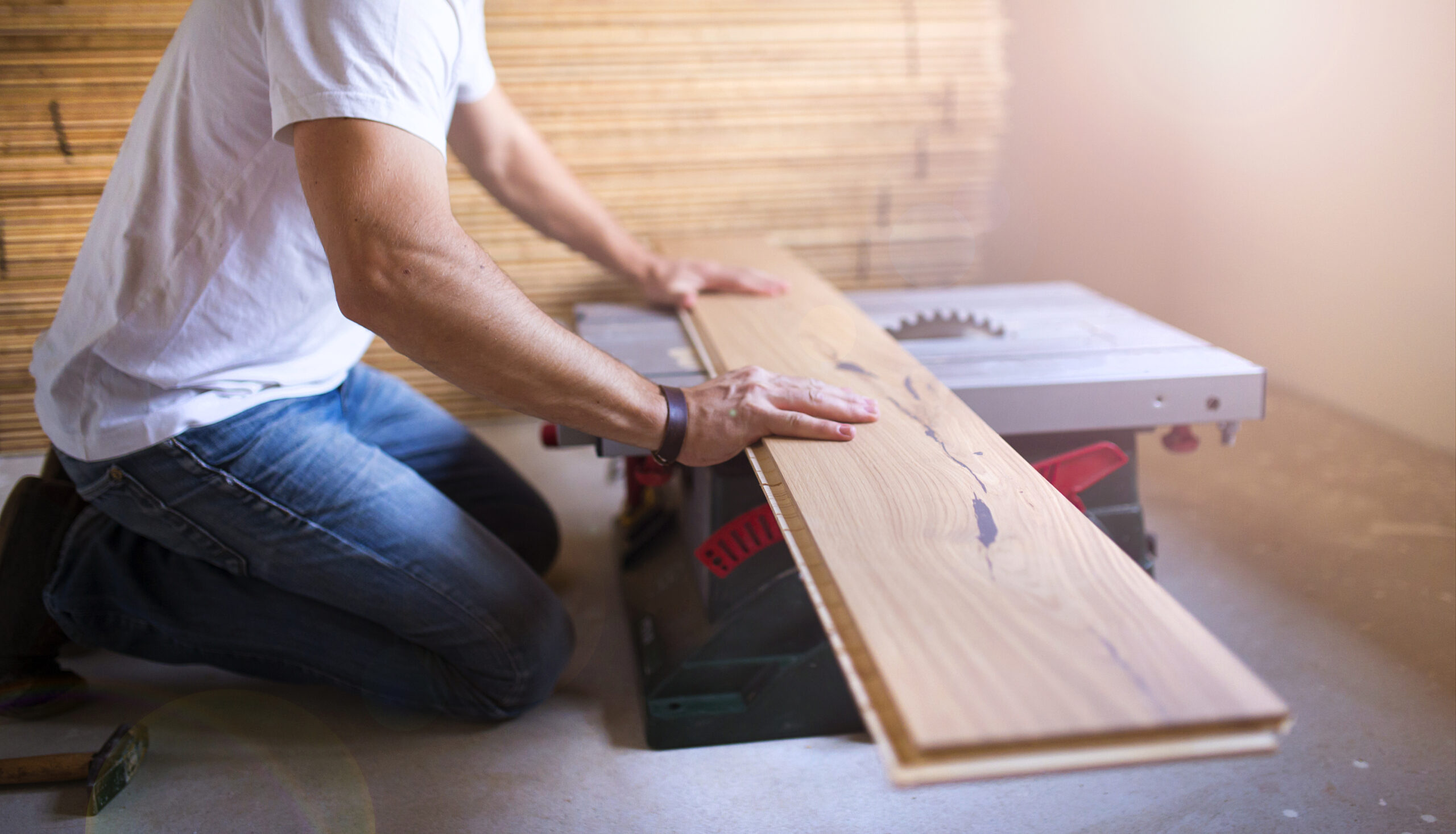
Conclusion: Taking Action Against Mold for Better Health
Overall, taking action against mold is essential for maintaining good indoor air quality and protecting your health. By identifying and eliminating sources of moisture, monitoring indoor humidity levels, and regularly inspecting your home for signs of mold growth, you can minimize your risk of exposure and enjoy a safer, healthier living space. Remember, mold can have serious consequences for your health, but by being proactive and vigilant, you can stay one step ahead of this hidden danger.

